This vast, industrial head office is home to Archohm a design firm based in Noida, just outside of New Delhi, India.

May 1st, 2013
c – 28 c is Archohm design studio’s head office in the city of Noida, India. Located on a triangulated plot that’s flanked on one side by a mosque, industrial factories on the other and a large slum development on the third, the fort-like building effectively manages to keep the thick city conditions out, allowing the firm’s ‘mad and fun’ design philosophy to flourish freely within.

At a towering height of 10 metres, Archolm’s Corten steel entrance creates an intimidating first impression, but its revolving nature and access through a ramp, is meant to symbolise the continuity of the outer street into the atrium says the firm. A moat augments the medieval-modern dialogue, with a revolving bridge connecting the main studio to the front garden.

The main building is divided into five components, with each defined and exaggerated through the use of distinctive materials – concrete, glass, brick, stone and metal – while bearing in mind climatic, contextual and functional requirements.

The main studio faces north and is wrapped in glass, with the glazed facade drawing in diffused light to promote optimum working conditions. The identity of the different sectors within the studio are distinguished by colour, while the transparent glass facade houses the files, documents, physical models and material samples of every department, resulting in a dynamic collage that represents life at Archolm.

Large circular cutouts connect the floors vertically, and each comes with its own fun feature, such as a pole or slide.

A robust rotunda in brick houses all services including the electrical substation and water works; and at its rooftop is a circular amphitheater designed to accommodate 100 people.

The southern face is situated behind a three-metre thick stone wall, which is hollowed at various levels to accommodate glass-walled meeting rooms, each with its own texture and style. These face the main studio, lending a sense of transparency to the office layout.

The metal roof of the atrium rises three floors high, extending itself into a metal box. A badminton court resides here and also doubles up as an exhibition and lecture space when required.
Last but not least, the triangular section in concrete (it gets its shape by virtue of the plot) contains boutique studio guest rooms in the basement with their own open-air theatre. An orange boardroom on the first floor features a triangular concrete table at its centre, a feat of engineering due to its extremely cantilevered design. The terrace contains a swimming pool, and beyond that lies a garden that overlooks a large, double height cafeteria featuring bare concrete walls, a glass roof and terracotta floors.
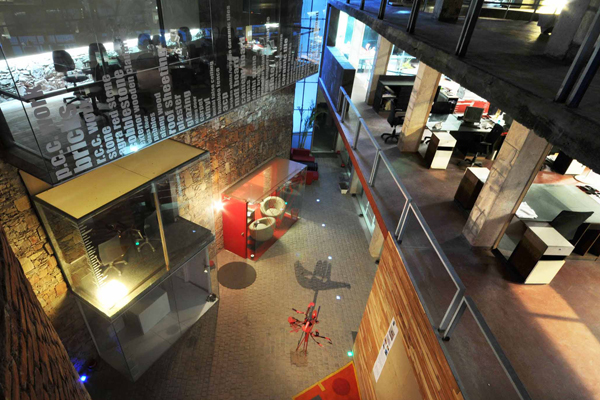
At the centre of the atrium entrance stands an abstract metal sculpture, christened ‘the hand’. Seen in its shadow, it is a reflection of Le Corbusier’s ‘Hand’, welcoming visitors to Archohm’s philosophy of mad, fun but meaningful design.
Archohm
archohm.com
INDESIGN is on instagram
Follow @indesignlive
A searchable and comprehensive guide for specifying leading products and their suppliers
Keep up to date with the latest and greatest from our industry BFF's!
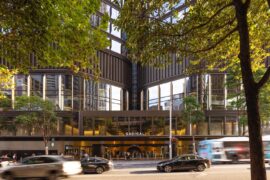
Rising above the new Sydney Metro Gadigal Station on Pitt Street, Investa’s Parkline Place is redefining the office property aesthetic.
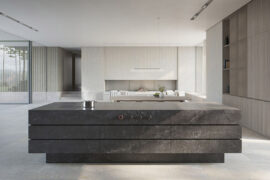
For those who appreciate form as much as function, Gaggenau’s latest induction innovation delivers sculpted precision and effortless flexibility, disappearing seamlessly into the surface when not in use.

London-based design duo Raw Edges have joined forces with Established & Sons and Tongue & Groove to introduce Wall to Wall – a hand-stained, “living collection” that transforms parquet flooring into a canvas of colour, pattern, and possibility.
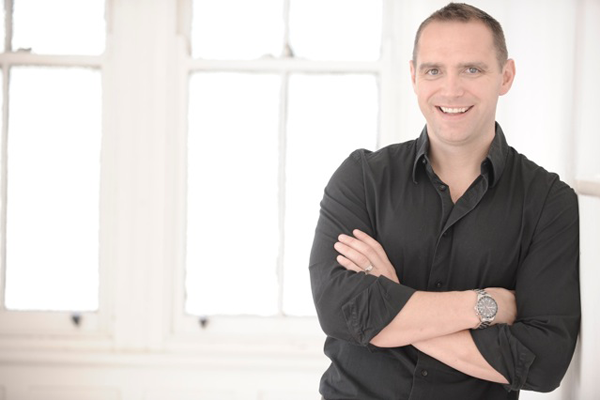
Robbie Robertson, founder of design consultancy Mash Up, recently spoke at the Design as Strategy Forum, and was one of the few speakers to address how design can sustain prosperity.

We visit the top stands at Rho Fiera to select the best commercial products released in Milan. Add to this Q&As with Jaime Hayon, and a kaleidoscopic capture of colour and texture: all in the Exclusive Milan Edit, courtesy of INDESIGN.
The internet never sleeps! Here's the stuff you might have missed
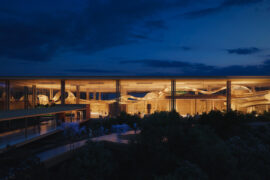
Recognised as winners at the INDE.Awards 2025, Enter Projects Asia in collaboration with SOM have received The Influencer award. Their work on Terminal 2 Kempegowda International Airport Interiors redefines the aesthetics of airport design through a monumental expression of biophilia, sustainability and craftsmanship.
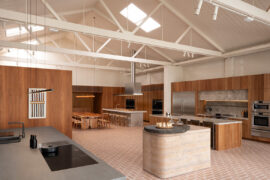
The Fisher and Paykel Melbourne Experience Centre by Clare Cousins Architects with Fisher and Paykel Design and Alt Group has been awarded The Retail Space at the INDE.Awards 2025. As a winning project, it redefines the possibilities of retail architecture by creating an immersive, material rich environment shaped by place, culture and craft.